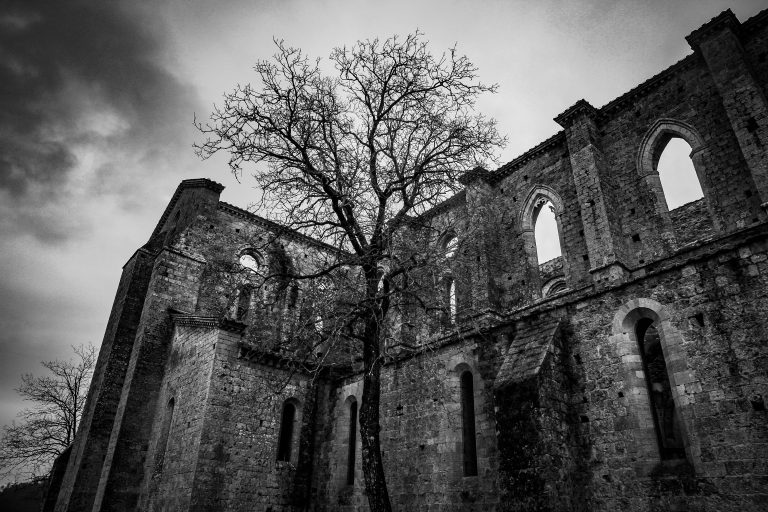With the arrival of the railroad in the fall of 1907, the town of Marmarth was established. The town site was originally laid out on the East side of the Little Missouri River where the Neva Post office already existed. This town site was named for the first postmistress, Neva Woods, daughter of a pioneer homesteader.
The first few structures were built on this site only to run in to problems with the rancher who owned the land and had no interest in selling at a fair price.
The town site was then moved to the west side of the river where a tent town sprang up on a flat west of the existing town. By 1908, structures were being built in what is now the City of Marmarth. Marmarth was named for Margaret Martha Fitch, granddaughter of Albert J. Earling, president of the Chicago, Milwaukee & St. Paul Railroad.
The town grew rapidly because of the railroad, and in 1909 a village form of government was established. 1908 saw the forming of a school district ,and by 1909 an elementary and high school building was finished and schooling was being provided for the town and rural children. The first high school graduation class was in 1912. This class of two included Colin Clements, who went on to become a well-known author and Hollywood playwright.
The Milwaukee Railroad played an important part in Marmarth’s history – the early days saw three east-bound and three west-bound passenger trains daily, along with many freight trains. The Marmarth roundhouse was used to both service and turn the frequent trains.
By 1915 the population of the town had increased to 1000 people and at that time a commission form of government was adopted. That same year the first electric light plant was built for the city and was in full operation by the fall of 1915.
Things progressed rapidly for Marmarth, and by February of 1911 it was the largest town in North Dakota on the Milwaukee Railroad and the fifth largest town west of the Missouri River. By 1917 it was the only town in North Dakota to have natural gas piped in for both commercial and domestic use. 1918 saw the completion of a water and sewer system. By then the town hosted many businesses including two banks, two hotels, a hardware store, a jewelry store, a laundry, a post office, a newspaper (The Marmarth Mail), a theatre, a gas station, a Ford Agency, a meat market, and a hospital.
